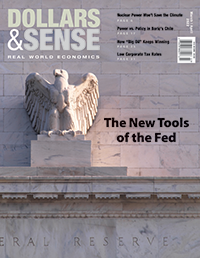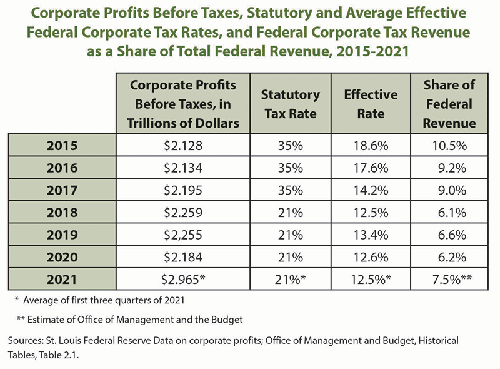Health Insurance for 20 Million is at Risk
If Congress fails to renew the ACA enhanced benefits, millions will be unable to access the health care they need.
The trouble is that corporations already have tax breaks of the sort you suggest. The Tax Foundation, which according to the organization's website, prides itself on being "the nation's leading independent tax policy nonprofit" summarizes the situation as follows:

The tax treatment of different types of investments, such as those in research and development (R&D), physical capital, and human capital [worker training], varies. R&D expenses are immediately deductible and eligible for tax credits. Many physical capital investments are immediately deductible. Only certain categories of human capital investments are deductible for firms and individuals, and some credits are available for individuals.
So, in general, offering corporations a low tax rate on the income they use for these productivity-increasing activities would actually be presenting them with a higher tax rate than they pay now on expenditures for these activities. This "offer" would certainly not lead them to accept a higher rate on the rest of their income.
There is, however, a well-founded question implicit in the proposal, namely, how do we get corporations to pay more taxes? The experience of the last several decades, topped off by the corporate tax reduction enacted at the end of 2017, has long been one of declining corporate tax rates and a declining share of federal revenue coming from corporations.
In the 1950s and 1960s, the statutory federal corporate tax rate hovered around 50%, but today is only 21%. After slight declines in the 1970s and early 1980s, the rate fell to 34% in the late 1980s. It was then stable at 35% from 1992 through 2017, when the sharp reduction to 21% was enacted. The average effective rate, what corporations as a group actually pay, is substantially lower than the statutory rate, as corporations find many ways to lower their taxes--for example, the sorts of deductions and credits noted in the Tax Foundation quotation above. There are also "loopholes"; an especially large one is the opportunity for firms to locate profits abroad, often through bookkeeping manipulations. (The "average effective rate" includes some firms that pay zero taxes and others that pay more; there may be some that actually pay the statutory rate!)


The table to the right shows the statutory and average effective tax rates for 2015 through 2021, as well as the amount of corporate profits and the share of total government receipts accounted for by the corporate profits tax. (Don't miss that pre-tax corporate profits for the first three quarters of 2021 were 31% higher than in any previous year, far more than would be accounted for by inflation.) The graph below that shows what has happened to the statutory rate, the average effective rate, and federal corporate tax revenue as a share of total federal revenue since 1952.
These data indicate the importance of finding an answer to the question of how to get corporations to pay more taxes. Corporate officials and their apologists will argue that low taxes help the economy grow. A glance at the graph below, however, indicates that there is no connection between periods of strong growth and low corporate taxes. What the tax reductions have done, however, is contribute to the great rise of economic inequality.
The experience with corporate tax rates demonstrates the power of large corporations and wealthy individuals. But that power is exercised in many other ways, from tax breaks for fossil fuel firms to the deregulation of finance to undermining the strength of labor unions, all of which contribute to rising inequality. (See Arthur MacEwan, "Are Taxes the Best Way of Dealing with Inequality?" D&S, November/December 2019.) The answer to how to get corporations to pay more taxes is bound up with the broader question of how to reduce corporate power. I have no answer to this question other than the old answer of political organizing--through unions, community groups, student organizations, and other such groups--to overcome the great power that large firms exercise in our political system.